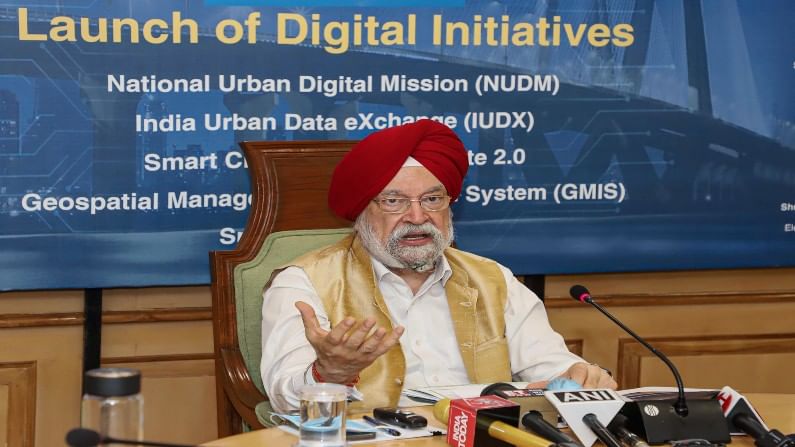Domestic air traffic may be back to full pre-COVID-19 level by summer: Hardeep Singh Puri
He also said the government is not averse to tweaking the system to make India a centre for aircraft leasing for both domestic and international markets

New Delhi/ Mumbai: The domestic air traffic is expected to be back to the full pre-COVID-19 level by the summer schedule with the traffic seeing a sharp recovery from the July quarter onwards after the resumption of the services post Unlock 1.0, Minister of State for Civil Aviation Hardeep Singh Puri said.
Speaking at the ‘India Aircraft Leasing Summit’ at New Delhi’s Vigyan Bhawan, Puri also said the government is not averse to tweaking the system to make India a centre for aircraft leasing for both domestic and international markets.
“Contrary to prophets of doom and gloom, we have not only been able to navigate the pandemic turbulence, (but) today in terms of domestic civil aviation, we are almost at the pre-COVID-19 level. If a mutation or variant of the virus comes in, by the time we open our summer schedule by April we will have our full pre-COVID-19 level of domestic traffic or even higher,” said Puri.
Stating that civil aviation is the critical driver of economic growth, he said that between 2013-14 and 2019-20, the country’s domestic traffic growth has been 14 per cent.
“The best year we had with just 7% penetration, we had a growth rate of 17%. But, on average, it comes at 14%,” he said.
The minister said that barring the first quarter of 2020 (April-June), there has been a sharp recovery in passenger traffic from July onwards.
Commensurate with the growth potential of the Indian aviation sector in the next 20 years, India will need something like 1,700 to 2,100 aircraft, valued roughly at USD 290 billion with an estimated delivery of 100 aircraft each year or about USD 5 billion of financing each year, he said.
“We are looking at operating 2,000 aircraft in domestic and international (going ahead),” Puri said.
The paradigmatic shift that is happening in the Indian aviation today is on account of a large number of factors. But, the two developments that resonated in the last 2-3 Budgets, those related to establishment of MROs and financial services particularly aircraft leasing, are going to provide the transformative change, said the minister.
“We are today the third-largest domestic civil aviation market and within a very short period of time, we will be the world’s third-largest civil aviation market in overall terms,” he said.
Commercial aircraft are a mobile asset that can be rapidly redeployed to serve the strongest market. The share of these aircraft on lease has escalated from 2% in 1980 to over 41% in 2018, and it is estimated to have reached 50% in 2020.
“We are perhaps comparable (with other major aviation markets) in some respects. Maybe we have gone a little further, but we are not averse to learning and to tweaking the system further to attract,” he said, while echoing the opinion of IFSCA Chairperson Injeti Srinivas that India needs to move from a consumer of aviation products to a producer.
The aircraft leasing business in India also caters to the international market, he added.
Once the Jewar International Airport becomes functional by 2024, the combined traffic of the Delhi airport will be around 140 million, which will be more than the combined traffic of London Heathrow, Gatwick and Stansted airports, among others, the minister said.
“We are developing hubs in India. Delhi and Jewar will be a big hub, Mumbai and Navi Mumbai will be a big hub. Bengaluru and Hyderabad will be hub in the South. So, once you are developing this type of scenario, you do not have to go to Europe or some other place,” he said.
Puri added that the ecosystem that the government has put in place and with IFSC in Gujarat, India will be at par with other countries of the world to serve a sector that is a critical driver of economic growth.